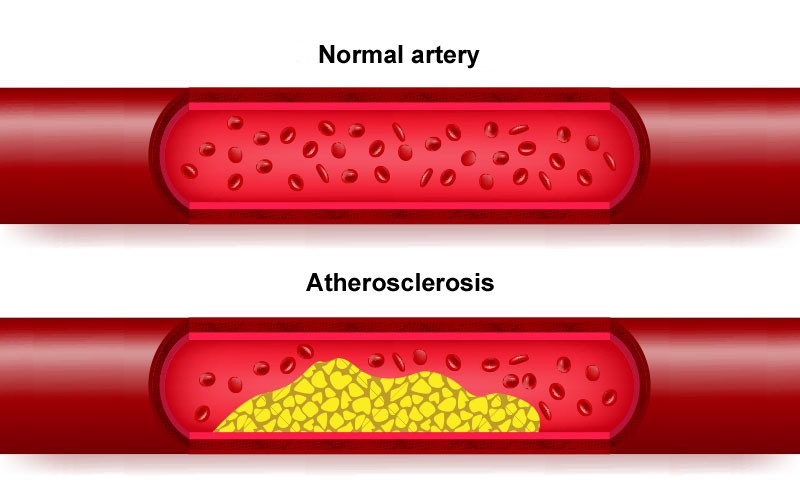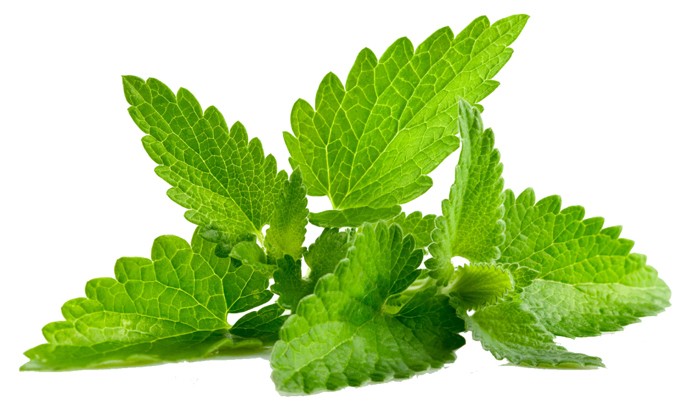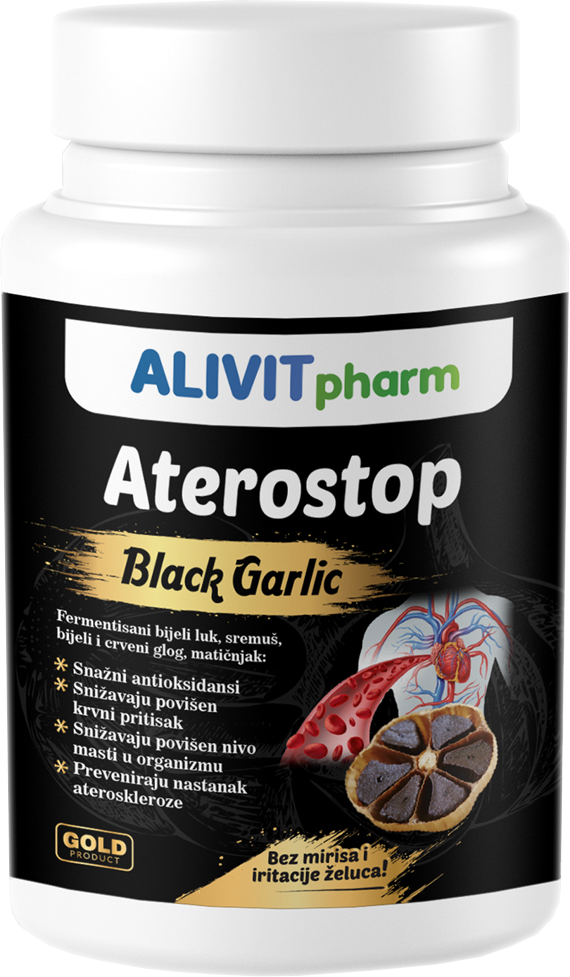Did you know that atherosclerosis is to blame for as much as 80% of all heart and brain infarctions?
Clogged arteries are the third most common disease in the world, right behind viral diseases of the upper respiratory tract and periodontopathy (gum disease). Atherosclerosis is a process that affects the arteries. It usually affects large and medium-sized arteries. It is a combination of changes on the inner wall of the arteries consisting of the accumulation of fat, parts of dead cells, various blood products and calcium in the form of deposits and foci on the inner wall of the arteries. The name atherosclerosis comes from the Greek word athero (mushy) and the word sclerosis (hard). It starts early in childhood, develops for a long time without symptoms, increases with age and begins to seriously threaten around the age of 50. Symptoms appear only at an advanced stage of the disease. That is why it is said that atherosclerosis is a silent killer.
Until menopause, women are more protected than men, and after the age of 60, both women and men are at the same risk.

Atherosclerosis causes accelerated aging of blood vessels and is a disease that shortens life!
At the beginning of the disease, these changes affect only the inner layer of the blood vessel (intima), but over time they also extend to the middle part of the wall (media). Over time, as the disease progresses, clogging occurs, and these arteries become hard and rigid – inelastic.
Atheric plaques can grow large enough to significantly reduce blood flow through the arteries. The consequence is a reduced supply of blood and oxygen to the body. That’s when the first symptoms appear and that’s when many people find out they have this problem.
The main complications arise when the unstable atherosclerotic plaque ruptures. As a result of this process, the “running” of blood platelets (thrombocytes), various cytokines and the formation of blood clots that can stop the blood flow in the form of thrombosis or embolism, if it goes to another place in the body, occurs.
Where does atherosclerosis most often occur?
Atherosclerosis can be general or localized to some specific arterial areas. These are primarily the arteries of the heart, brain, kidneys, limbs (especially the lower ones) and the aorta.

Symptoms
In the early stages of atherosclerosis, until there has been limited blood flow, there are usually no symptoms. Over time, as the patency of blood vessels decreases, the supply of certain vital organs with oxygen also decreases. The appearance of symptoms indicates an advanced disease. If the blood vessels that feed the heart are partially blocked, chest pains occur, and if they are completely blocked or the atheromatous plaque ruptures, a heart attack can occur, which often ends fatally. If all this happens in the brain, a stroke occurs, and if the arteries in the legs are diseased, the first symptom is painful and difficult walking.
Heart pain is known as anginal pain. It is most often a pain behind the sternum, a feeling of discomfort and pressure, and is one of the signs that the heart muscle is not getting enough oxygen and that there is therefore some blockage. The feeling can spread to the shoulders, arms and neck. Physical exertion and emotional stress can be triggers for angina pain.
When atherosclerotic plaque is located in the carotid arteries (neck arteries that supply the brain with oxygen) and causes their narrowing, symptoms appear in the form of cerebral palsy, and even stroke. These symptoms include sudden numbness, weakness and dizziness.
Atherosclerotic narrowing of the arteries of the lower extremities can lead to stiffness, pain, and sometimes dangerous infection. People with diabetes are the best example that shows what consequences occur when the blood flow through the artery is reduced or interrupted. Then, namely, the tissue dies out, usually it is the fingers or the foot, which manifests itself in the form of the so-called. gangrene and almost, inevitably, the amputation of that part of the body.

Risk factors
Causes of arterial wall damage include:
• Increased level of cholesterol and triglycerides in the blood
• High blood pressure
• Tobacco smoke
• Diabetes
• Obesity
• Stress
• Reduced physical activity
• Excessive alcohol intake
Women suffer twice as often from cardiovascular and cerebrovascular diseases. Completely healthy people, who, however, have unhealthy lifestyle habits, are at risk.

How to deal with the problem?
The best way to prevent and mitigate the progression of the disease is a moderate, healthy lifestyle – proper nutrition and moderate, aerobic physical activity, such as brisk walking and swimming.
Regular systematic examinations and analyzes of blood sugar (standard and special), blood fat – triglycerides and total blood cholesterol and its fractions, good cholesterol (HDL) and bad cholesterol (LDL), as well as their ratio (HDL/LDL), which shows a risk factor for the occurrence of a heart attack.
Pay special attention to yourself if you know that someone in your family has had a heart attack, angina pectoris or brain infarction (stroke). People with atherosclerosis must change their daily habits, starting with their eating habits!
It is necessary to engage in regular physical activity and maintain an optimal body weight. Smokers are advised to stop smoking, as much as possible, stressful situations should be reduced.
A special role in the prevention and treatment of this insidious, but dangerous disease, is played by nutritional supplements in the form of supplements that delay or prevent the onset of the disease itself.
If the disease already exists, they facilitate its course, reducing or postponing possible complications. If the patient has been diagnosed with a disease and prescribed therapy, supplements are advised as a supplement to medication, in consultation with the selected doctor.
Black Garlic Aterostop, a completely natural preparation, on its own or as a supplement to your therapy:
• Contributes to the normal function of the heart and vascular system;
• Improves peripheral circulation;
• Stimulates the contractility of the heart and coronary blood vessels;
• Has a favorable effect on cholesterol metabolism;
• Contributes to the normal function of the immune system and resistance to stress;
It contains:
• Fermented garlic bulb powder (Allium sativum, Alliaceae)
• Leaf powder with the flower of white and red hawthorn (Crataegus monogyna, C. oxyacantha, Rosaceae)
• Wild garlic leaf powder (Allium ursinum, Alliaceae)
• Lemon balm leaf powder (Melissa officinalis, Lamiaceae)

Recommended dosage: 3 x 1 capsule per day (on its own or with existing therapy).
Treatment
The doctor decides when it is necessary to introduce pharmacological therapy and which drugs should be prescribed to an individual patient, based on the overall clinical picture of that patient.
These are primarily statins, which can even lead to the retreat of atheromatous plaque. People who have already survived a heart attack are recommended to take statins, even when their blood cholesterol is within normal limits. Likewise, aspirin of 100 mg is a good prevention to avoid the formation of a blood clot, which can completely block the blood vessel.
Control and treatment of high blood pressure and diabetes are also part of the recommendations for the prevention of cardiovascular diseases.
Surgical intervention is applied depending on the degree of development of the disease (balloon dilatation, stent placement or bridging the so-called by-pass).
by Master of Pharmacy Jelena Nikolić
